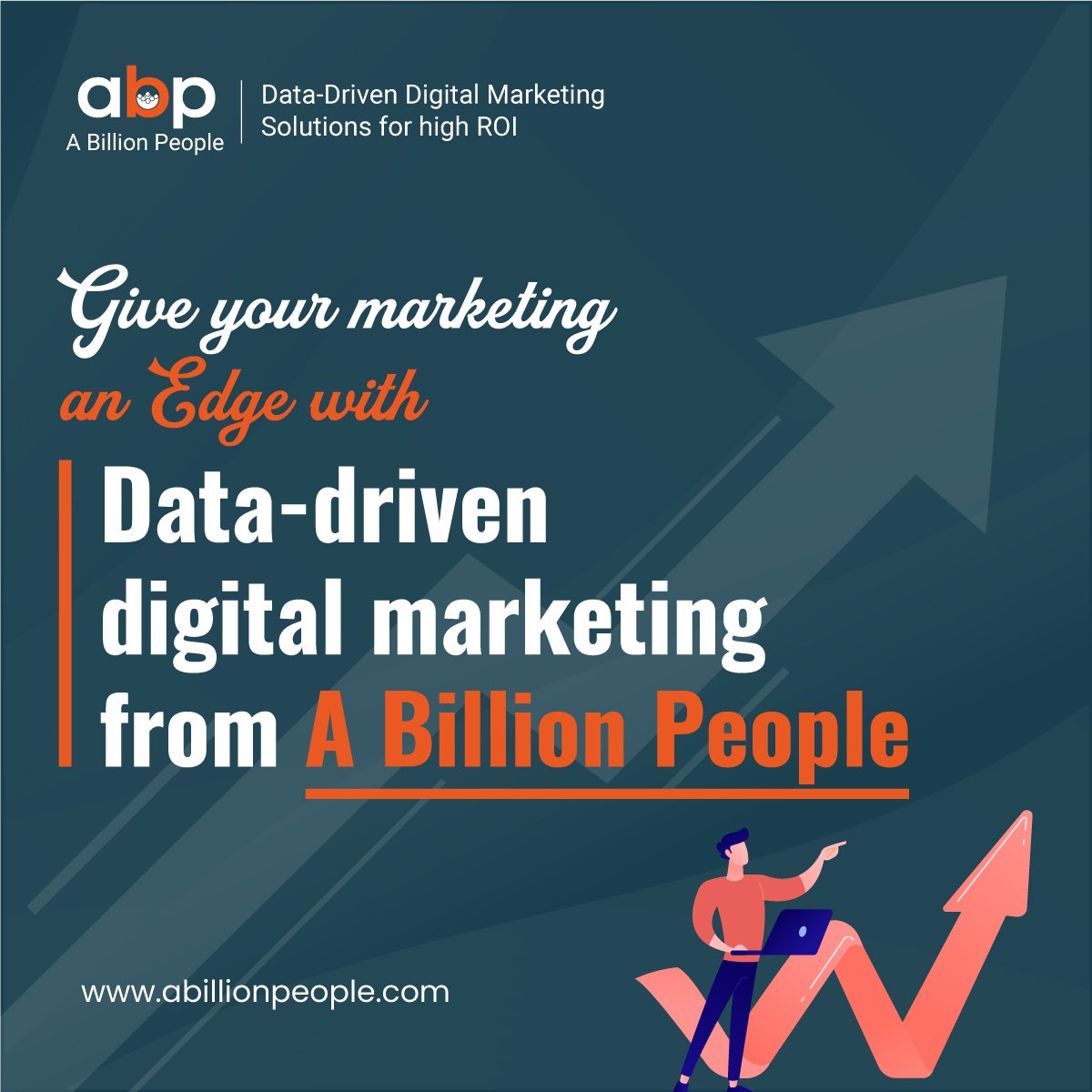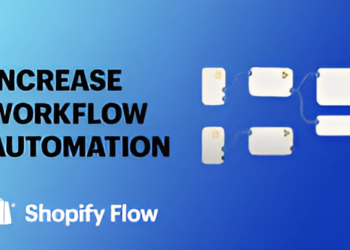“Content marketing is the only marketing left.” — Seth Godin
Introduction:
In today’s fast-paced digital landscape, content marketing has emerged as a pivotal tool for brands to connect with their audiences. However, in the sea of content available online, merely creating and publishing content is not enough. To truly stand out and drive results, brands need to adopt innovative content marketing strategies that captivate and engage their target audience. In this blog, we’ll explore some cutting-edge content marketing techniques and strategies that can propel your brand towards success.
1. Interactive Content: Engaging Audiences on a Deeper Level
Interactive content has revolutionized the way brands engage with their audience. By inviting active participation rather than passive consumption, interactive content creates a two-way dialogue between the brand and the consumer. Whether it’s quizzes, polls, calculators, or assessments, interactive content captures attention and encourages deeper engagement.
Interactive content not only grabs attention but also provides valuable insights into audience preferences and behaviour. According to a study by the Content Marketing Institute, 81% of marketers agree that interactive content grabs attention more effectively than static content. Furthermore, research by Demand Metric reveals that interactive content generates twice as many conversions as passive content.
For example, a skincare brand could create an interactive quiz that helps users determine their skin type and provides personalized product recommendations based on their answers. This not only engages the audience but also helps the brand understand their customers better and tailor their marketing efforts accordingly.
2. Personalization: Tailoring Content to Individual Preferences
Personalization has become a cornerstone of successful content marketing strategies. With access to vast amounts of data and advancements in technology, brands can now deliver highly personalized content experiences tailored to individual preferences and behaviours. Whether it’s personalized emails, product recommendations, or dynamic website content, personalized marketing resonates with consumers on a deeper level.
Personalized content helps create a sense of connection and relevance, making consumers more likely to engage and convert. Research by Epsilon found that 80% of consumers are more likely to make a purchase when brands offer personalized experiences. Moreover, a study by Evergage discovered that 63% of consumers expect personalization as a standard of service from brands.
For instance, an e-commerce platform could use data analytics to segment their audience based on past purchases and browsing behaviour. They could then send personalized product recommendations via email, tailored to each customer’s interests and preferences.
3. User-Generated Content: Harnessing the Power of Social Proof
User-generated content (UGC) has emerged as a powerful tool for building trust and credibility with consumers. By leveraging content created by their own customers, brands can tap into the authenticity and social proof that UGC provides. Whether it’s customer reviews, testimonials, or social media posts, UGC fosters a sense of community and authenticity around the brand.
UGC not only adds authenticity to your brand but also fosters a sense of community and trust. According to Stackla, 79% of consumers say that UGC highly impacts their purchasing decisions. Additionally, research by Bazaar voice found that UGC increases conversion rates by 161% on average.
For example, a clothing brand could encourage customers to share photos of themselves wearing their products on social media using a branded hashtag. These user-generated photos could then be showcased on the brand’s website or social media channels, providing social proof and inspiring others to make a purchase.
4. Video Marketing: Telling Compelling Stories Through Visuals
Video marketing continues to dominate the digital landscape, offering unparalleled opportunities for brands to connect with their audience on an emotional level. Whether it’s explainer videos, product demos, or behind-the-scenes glimpses, video content has the power to captivate and engage like no other medium.
Video content is highly engaging and can convey complex information in a more digestible and memorable format. According to HubSpot, 85% of businesses use video as a marketing tool, and 87% of video marketers say that video has increased traffic to their website. Moreover, research by Wyzowl found that 84% of consumers have been convinced to make a purchase after watching a brand’s video.
For instance, a software company could create a series of tutorial videos demonstrating how to use their product effectively. These videos not only showcase the product’s features but also provide value to customers by helping them solve common problems or achieve specific goals.
5. Immersive Experiences: Transporting Audiences into Your Brand’s World
Immersive experiences, such as virtual reality (VR) and augmented reality (AR), offer brands the opportunity to create unforgettable experiences that leave a lasting impression on their audience. Whether it’s virtual product demonstrations or AR-powered try-on experiences, immersive content allows brands to connect with consumers in innovative and memorable ways.
Immersive experiences not only engage the senses but also create a sense of excitement and curiosity around the brand. According to a report by Goldman Sachs, the VR and AR market is projected to reach $80 billion by 2025. Furthermore, research by Thrive Analytics found that 71% of consumers say that they would shop more frequently if AR was available.
For example, a furniture retailer could create an AR app that allows customers to visualize how different pieces of furniture would look in their own home before making a purchase. This not only enhances the shopping experience but also reduces the likelihood of returns, as customers can make more informed decisions.
6. Micro-Moments: Meeting Consumer Needs in Real-Time
Micro-moments represent those brief instances when consumers turn to their devices to satisfy an immediate need – whether it’s to learn, do, discover, or buy something. By understanding and capitalizing on these micro-moments, brands can deliver relevant and timely content that meets consumer needs in real-time.
Micro-moments offer brands the opportunity to provide value and assistance when consumers need it most, fostering loyalty and trust. According to Google, mobile searches for “open now” have grown by over 200% in the past two years, highlighting the importance of real-time relevance in content marketing.
For instance, a restaurant could use geotargeting to show ads to users searching for nearby dining options at lunchtime. By providing relevant information and offers in the moment, the restaurant increases the likelihood of attracting hungry customers.
Conclusion:
In conclusion, innovative content marketing strategies are essential for brands looking to cut through the noise and make a meaningful impact on their audience. By embracing interactive content, personalization, user-generated content, video marketing, immersive experiences, and micro-moments, brands can create compelling content experiences that resonate with consumers and drive tangible results.
As Seth Godin famously said, “Content marketing is the only marketing left.” Let’s heed his words and leverage the power of innovative content marketing to propel our brands to new heights of success.
Feel free to share this blog with your colleagues and peers in the sales and marketing field to spark discussions and inspire new ideas. Together, let’s revolutionize the way we approach content marketing and unlock new opportunities for growth and engagement.


















